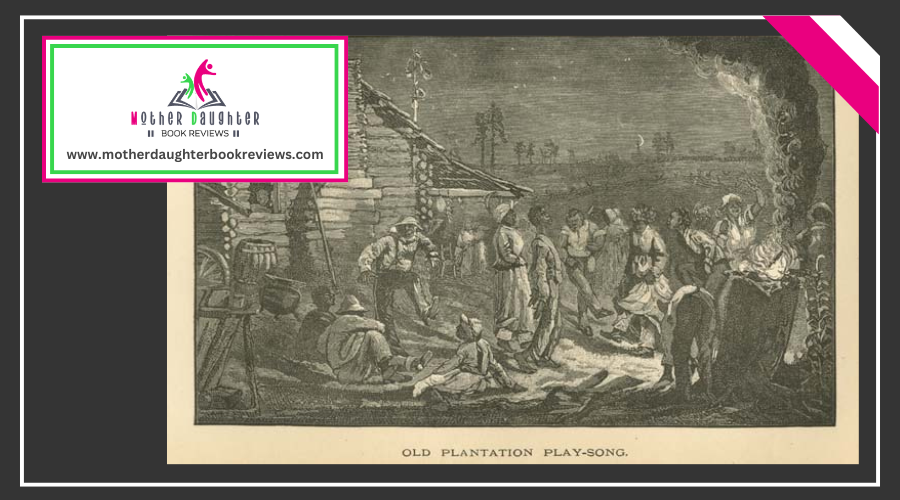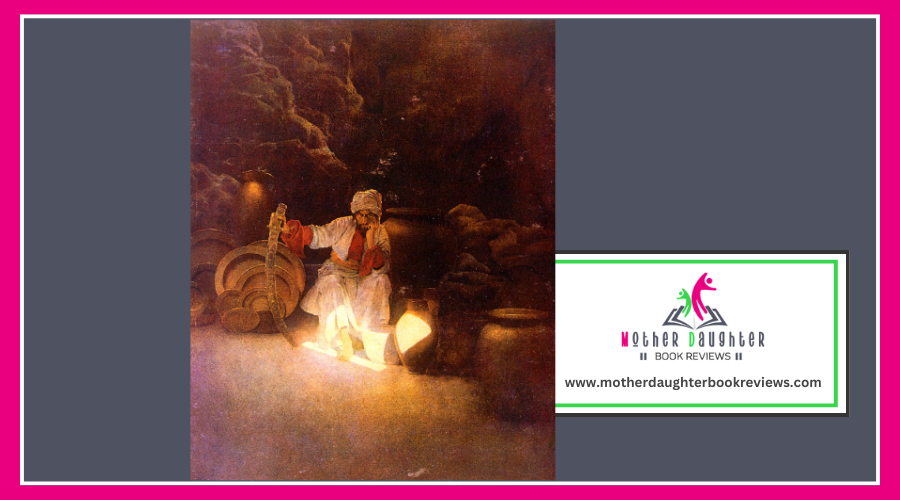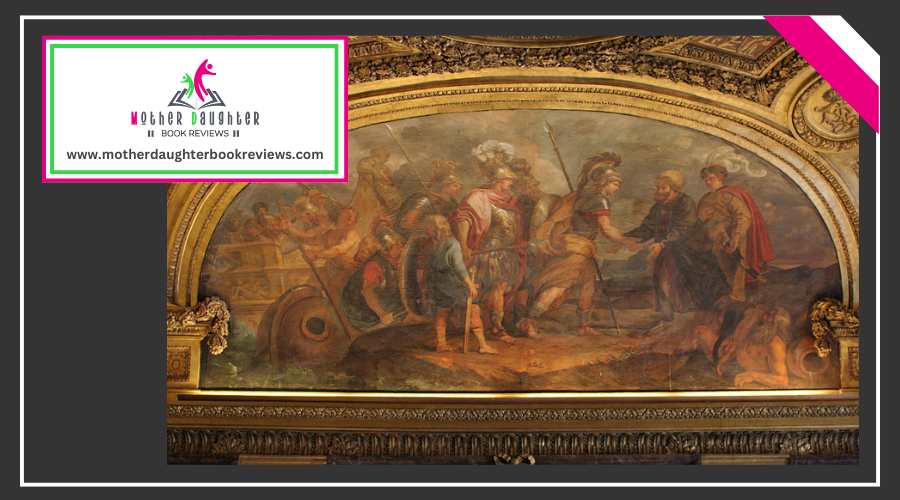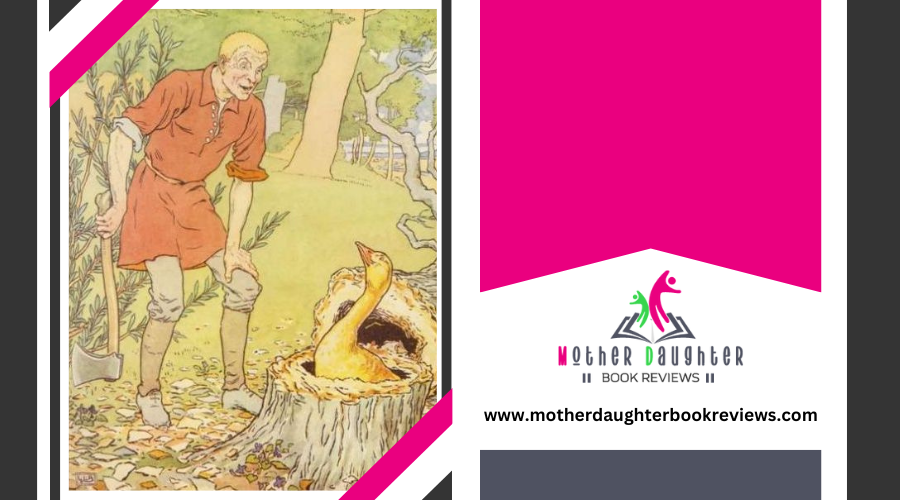Folklore and Wisdom From the Children's Classic Uncle Remus: His Songs and His Sayings

In "Uncle Remus: His Songs and His Sayings," you'll find a rich collection of African American folklore deeply rooted in the oral traditions of enslaved people. The tales, narrated by the wise Uncle Remus, feature the clever Br'er Rabbit, who uses his wit to outsmart stronger opponents like Br'er Bear and Br'er Fox. These stories, laced with humor and life lessons, investigate themes of resilience, morality, and survival. They showcase cultural values and offer insights into human nature while celebrating the art of storytelling. Stick around to uncover the enduring relevance of these timeless tales.
Origins and Cultural Context
To truly appreciate Uncle Remus' stories, you need to understand their origins and cultural context. These tales are deeply rooted in African American culture and Southern folklore, emerging from the oral history and storytelling traditions of enslaved people on Southern plantations. They reflect the cultural heritage passed down through generations, offering a glimpse into the lives and experiences of African Americans during that period.
These stories, often narrated in the dialect of the time, capture the complex racial dynamics of the plantation culture. The narratives provided a form of resistance and a way to preserve African heritage amidst the oppressive conditions of slavery. They used clever animal characters and moral lessons to convey deeper truths and wisdom, making them a rich source of cultural and historical insight.
Uncle Remus' tales also found their way into children's literature, bridging the gap between African American folklore and mainstream American culture. Through these stories, you get to witness how storytelling traditions served not just as entertainment, but as an essential method for preserving and transmitting collective memory and cultural identity.
View this post on Instagram
The Character of Uncle Remus
The character of Uncle Remus serves as the heart and soul of these cherished stories, embodying the wisdom and resilience of African American folklore. Through Uncle Remus' storytelling, you're transported into a world where animals speak and moral lessons abound. His character development is rich and multifaceted, reflecting a blend of humor, patience, and a deep understanding of life's complexities. Uncle Remus isn't just a storyteller; he's a bridge between generations, passing on the cultural heritage and values of his community.
As you explore his tales, you notice how Uncle Remus uses his personal experiences and folk wisdom to connect with his listeners. His stories aren't mere entertainment; they're lessons wrapped in engaging narratives. Each tale he tells serves a purpose, often teaching resilience, cleverness, and the importance of wit in the face of adversity. Uncle Remus' storytelling style makes him a beloved figure, drawing you into a world where the mundane becomes magical and every story holds a kernel of truth.
Br'er Rabbit's Cleverness
How does Br'er Rabbit always manage to outsmart his foes? The answer lies in Br'er Rabbit's cunning. Throughout Br'er Rabbit's adventures, you'll see him use his wit and quick thinking to turn situations in his favor. Regardless of he's dealing with Br'er Fox or Br'er Bear, Br'er Rabbit always has a plan up his sleeve.
You might remember the famous tale of the Tar-Baby. When Br'er Rabbit gets stuck to the Tar-Baby, he doesn't panic. Instead, he cleverly tricks Br'er Fox into throwing him into the briar patch, a place where Br'er Rabbit feels right at home. This story perfectly showcases Br'er Rabbit's cunning. He knows how to manipulate his enemies into making decisions that ultimately benefit him.
In another adventure, Br'er Rabbit convinces Br'er Bear to take his place in a trap set by humans. By appealing to Br'er Bear's vanity and bravery, Br'er Rabbit escapes unscathed while Br'er Bear ends up caught. These tales highlight Br'er Rabbit's ability to think on his feet and use his intelligence to survive and thrive.

Moral Lessons in the Tales
Embedded within the adventures of Br'er Rabbit are timeless moral lessons that resonate with audiences of all periods. As you explore these tales, you'll notice that they often present moral ambiguity and ethical dilemmas that challenge straightforward notions of right and wrong. Br'er Rabbit's cleverness isn't just about outsmarting his foes; it's also about navigating complex situations where the lines between good and bad blur.
For instance, when Br'er Rabbit tricks Br'er Fox into throwing him into the briar patch, he's using his wit to survive, but he also manipulates and deceives. This raises questions about whether the ends justify the means. In another tale, Br'er Rabbit steals from his neighbors, prompting you to think about the ethics of survival and cunning.
These stories encourage you to reflect on your own decisions and the ethical grey areas you might encounter. They teach that life is rarely black and white, and sometimes, wisdom lies in understanding and maneuvering through these shades of grey. By engaging with these tales, you gain insights into human nature and the complexities of ethical behavior.
Animal Symbolism
In exploring the tales of Uncle Remus, you'll quickly notice that animals aren't just characters; they're rich symbols that convey deeper meanings. Each animal's behavior is a symbolic representation of human traits and societal observations. For instance, Br'er Rabbit's cleverness and trickery often symbolize the resilience and wit necessary to navigate life's challenges.
Animal behavior in these stories offers insights into human nature:
- Br'er Rabbit: Represents cunning and resourcefulness, often outsmarting stronger foes.
- Br'er Fox: Embodies slyness and deceit, serving as a counterpoint to Br'er Rabbit.
- Br'er Bear: Symbolizes brute strength and simplicity, frequently tricked by more cunning characters.
- Br'er Turtle: Reflects patience and perseverance, often winning through steady, slow efforts.
These symbolic representations are not just for entertainment; they provide layers of meaning, illustrating complex human emotions and societal norms. By observing the interactions between these animals, you gain a deeper understanding of the values and lessons embedded in the folklore. Each story becomes a nuanced reflection of the human condition, making these tales timeless and universally relevant.
Themes of Resilience
Resilience stands out as a central theme in the Uncle Remus tales, where characters often face adversity with remarkable tenacity. You'll notice that Br'er Rabbit, for example, consistently uses his wit and resourcefulness to navigate challenging situations. This isn't just about personal resilience; it's deeply tied to cultural resilience as well. The stories reflect the ability of a community to adapt and thrive, even in the face of systemic hardships.
Adaptive storytelling plays an essential role in conveying these themes. Each tale showcases how characters adjust their strategies based on the circumstances they encounter. When Br'er Rabbit outsmarts his foes, it's a narrative echo of how marginalized communities use ingenuity to overcome obstacles. These stories were passed down over generations, evolving with each retelling to remain relevant and impactful.
Oral Tradition and Storytelling
Oral tradition and storytelling play a crucial role in the Uncle Remus tales, breathing life into timeless narratives. When you immerse yourself in these stories, you're not just entertained; you're participating in a rich history of cultural transmission. The stories, passed down verbally, rely heavily on narrative techniques that capture the imagination and convey deeper meanings.
- Repetition: This technique helps you remember key elements and themes, making the stories more impactful.
- Dialogue: Engaging conversations between characters make the tales lively and relatable.
- Humor: A touch of humor keeps you entertained while subtly delivering moral lessons.
- Imagery: Vivid descriptions paint a picture in your mind, making the stories unforgettable.
Through these techniques, the Uncle Remus tales preserve the wisdom and values of the past, ensuring they reach future generations. You can see how the characters and plots reflect the complexities of human nature and society, offering insights that are still relevant today. By sharing these stories, you become part of a long-standing tradition that honors the art of storytelling and the power of the spoken word.
Wrapping Up
The Uncle Remus tales continue to resonate today because they address universal themes and human experiences that transcend time. You'll find that these stories investigate fundamental issues like cleverness, morality, and the struggle between good and evil. These themes are as relevant now as they were when the tales were initially told.
Cultural adaptation plays a significant role in keeping these stories alive. As society evolves, so do the ways in which we interpret and share these tales. Modern interpretations of Uncle Remus stories often highlight their rich cultural heritage while re-examining their context to address contemporary values. You might see adaptations that more sensitively handle the racial and historical aspects of the stories, making them more accessible to today's audience.
Moreover, the characters in Uncle Remus, like Br'er Rabbit, embody traits such as resilience and ingenuity, which are timeless and universally admired. By understanding these elements, you can see how the stories provide valuable lessons that apply to modern life. The enduring relevance of Uncle Remus lies in its ability to teach, entertain, and adapt, ensuring that these classic tales continue to be meaningful today.




